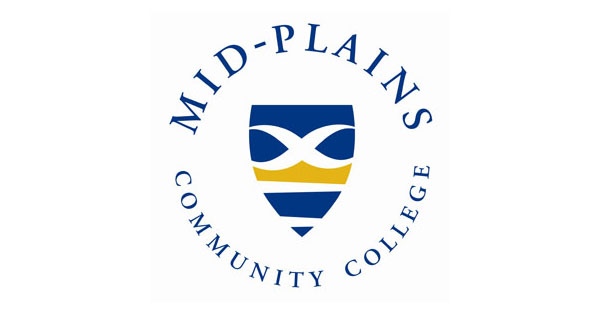MPCC makes $52.6 million impact on area economy

Mid-Plains Community College added $52.6 million in income to its 18-county service area during the 2020-21 fiscal year.
That’s according to an economic impact analysis conducted by Emsi Burning Glass, which provides colleges and universities with labor market data to help create better outcomes for students, businesses and communities. The results of the analysis demonstrate that MPCC is a strong investment for students and society.
Data and assumptions used in the study are based on several sources, including academic and financial reports from MPCC, industry and employment data from the U.S. Bureau of Labor Statistics and U.S. Census Bureau, outputs of Emsi Burning Glass’s Multi-Regional Social Accounting Matrix model and studies and surveys relating education to social behavior.
The study found that the college supports industries, serves businesses and benefits Nebraska society in a variety of ways - from an expanded economy to improved quality of life.
Impact of spending and supported jobs
MPCC’s $52.6 million contribution to the area economy was more than twice as large as those of the arts, entertainment and recreation industries. The total impact can also be expressed in terms of jobs supported.
According to the report, MPCC supported 1,157 jobs. That’s one out of every 52 jobs in MPCC’s service area that benefited from the activities of the college and its students.
The college’s day-to-day operations spending alone added $20.7 million in income to the region in 2020-21, and its investment in construction generated another $1.2 million.
Student and alumni impact
About 23 percent of students attending MPCC originated from outside the college’s service area during the study period, and some of them moved within the service area to take classes. The report indicated the students might not have moved into the region if the college did not exist.
Additionally, some in-region students, referred to as retained students, would have left if not for MPCC. While attending the college, those relocated and retained students spent money on groceries, accommodation, transportation and other household expenses.
That spending generated $6.1 million in added income for the regional economy, which supported 130 jobs in the MPCC area.
The greatest affect the college has had on its service area, however, has been the education and training it provides.
Thousands of alumni are currently employed within the college’s service area. Their net impact amounted to $24.6 million in added income in FY 2020-21, which is equivalent to supporting 367 jobs.
As a result of their education from MPCC, the students receive higher earnings and increase the productivity of the businesses that employ them. The average MPCC associate degree graduate from FY 2020-21 will see annual earnings that are $8,300 higher than a person with a high school diploma or equivalent working in Nebraska.
Over a working lifetime, the benefits of the associate degree over a high school diploma will amount to an undiscounted value of $373,500 in higher earnings per graduate. The present value of the cumulative higher future earnings that MPCC’s FY 2020-21 students will receive over their working careers is $77.3 million.
That translates to a return of $8.20 in higher future earnings for every dollar students invested in their education. Students’ average annual rate of return is 28.7 percent.
Taxpayer perspective
The benefits created by MPCC also extend to local and state governments through increased tax revenues. By the end of the FY 2020-21 students’ working lives, state and local governments will have collected $16.6 million in added taxes.
Advantages to society consist of the savings generated by the improved lifestyles of MPCC students. Healthcare savings include avoided medical costs associated with smoking, alcohol dependence, obesity, drug abuse and depression.
Justice system savings are comprised of avoided costs to the government and society due to less judicial activity. Income assistance savings include reduced welfare and unemployment claims.
Altogether, the social benefits of MPCC equal $213.8 million. Those consist of $124.4 million in added student income, $66.2 million in added business income and $19.3 million in added income from college activities as well as $3.9 million in social savings related to health, crime and income assistance in Nebraska.
Positive findings
The key findings of the analysis indicated students receive a great return for their investment in an education from Mid-Plains, and from the taxpayer’s perspective, the benefits generated by the college and its students recover a significant portion of the costs borne by taxpayers and create a wide range of social benefits throughout Nebraska.
More information about MPCC and the opportunities it offers can be found online at mpcc.edu. The full economic impact report is available at mpcc.edu/about/quick_facts.php.

